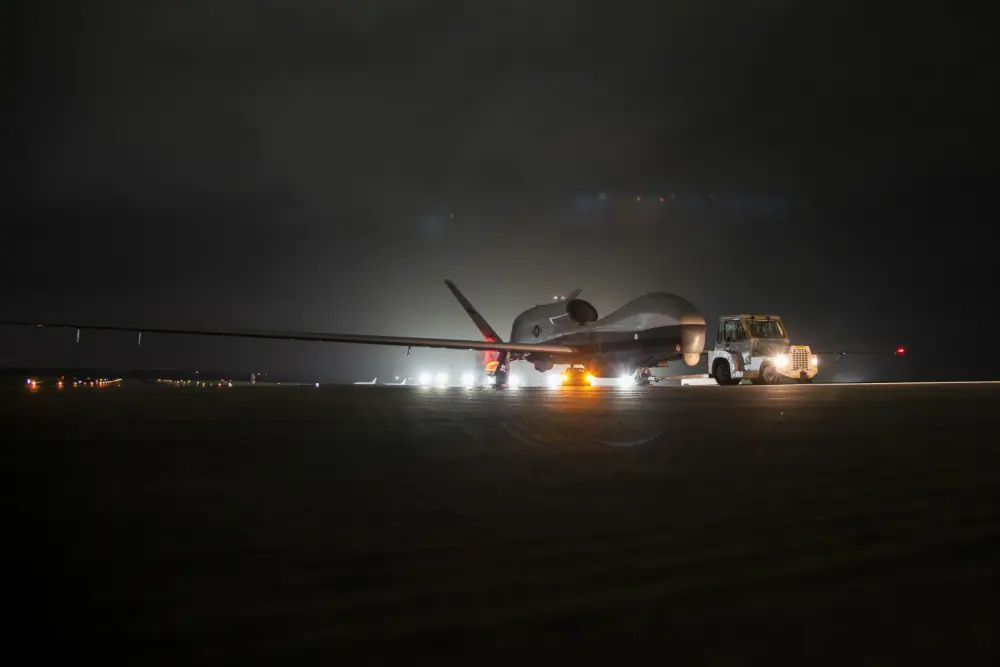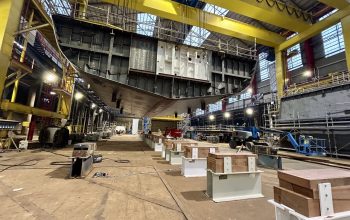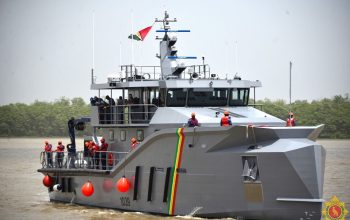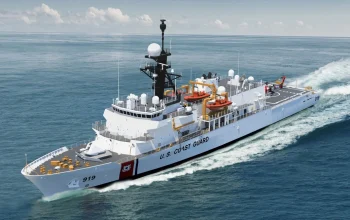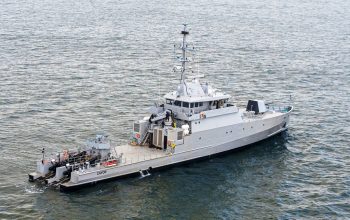The U.S. Navy is temporarily moving two MQ-4C Tritons unmanned aircraft from Guam to a base in Japan. This is the first time the MQ-4C Triton has been deployed to Japan,” U.S. Naval Forces Japan said in a news release. The Triton is an unarmed, unmanned aerial reconnaissance system that provides the Japan-U.S. alliance with enhanced maritime surveillance capabilities. The Tritons will touch down in Misawa on Saturday. Naval Air Facility Misawa, located near the northern tip of Honshu island, is home to other naval aviation operations, including the P-8A Poseidon.
The U.S. Navy deployed the two MQ-4C Tritons to Guam in early 2020, which was nearly a year later than expected. This will be the first time the unmanned aircraft will operate from another location in the Pacific, giving the Navy an opportunity to test out the capability over more congested waters and other different environmental factors. The two Tritons are part of an early operational capability being run by Unmanned Patrol Squadron (VUP) 19 under the under Commander of Task Force (CTF) 72, the lead for patrol, reconnaissance and surveillance forces in U.S. 7th Fleet.
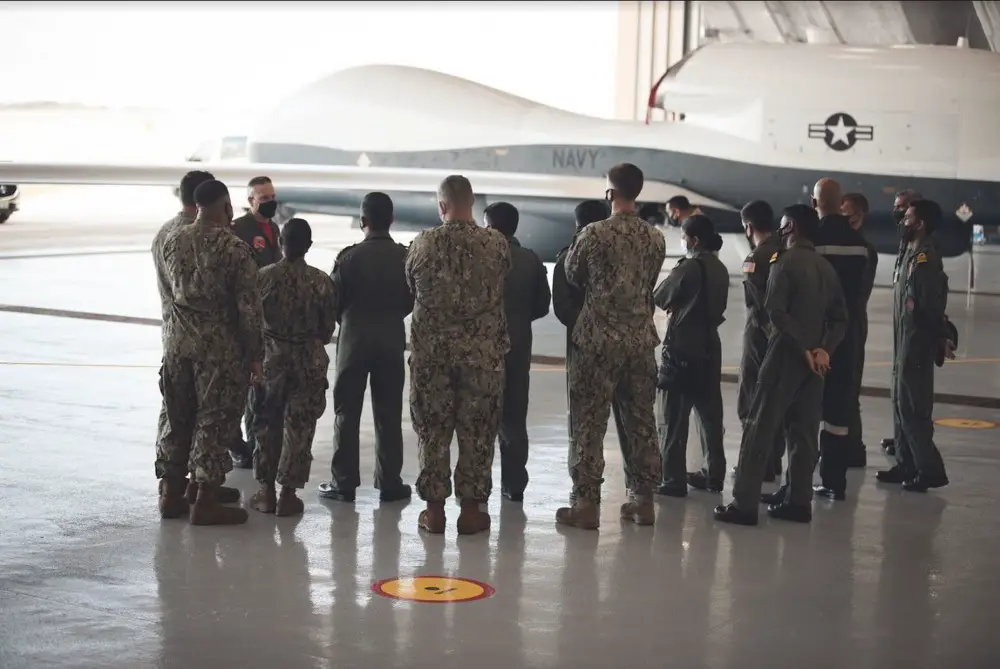
The Northrop Grumman MQ-4C Triton is an American high-altitude long endurance unmanned aerial vehicle (UAV) under development for the U.S. Navy as a surveillance aircraft. Triton builds on elements of the RQ-4 Global Hawk; changes include reinforcements to the air frame and wing, deicing systems, and lightning protection systems. These capabilities allow the aircraft to descend through cloud layers to gain a closer view of ships and other targets at sea when needed. The sensor suites allow ships to be tracked by gathering information on their speed, location, and classification.
The MQ-4C can remain aloft more than 30 hours at 55,000 ft (17,000 m) at speeds of up to 380 mph (610 km/h). Its surveillance sensor is the AN/ZPY-3 Multi-Function Active Sensor (MFAS) X-band AESA radar with a 360-degree field-of-regard, capable of surveying 2,700,000 sq mi (7,000,000 km2) of sea in a 24-hour period, or 2,000 sq mi (5,200 km2) in a single sweep. Using the radar in inverse synthetic aperture mode, the MFAS can identify a target in all weather conditions. One thing the Triton was designed to do (that the Global Hawk cannot) is rapidly descend to lower altitudes.
